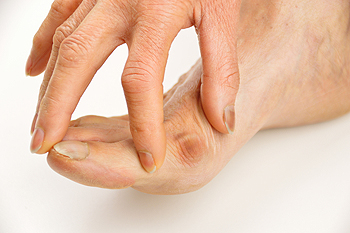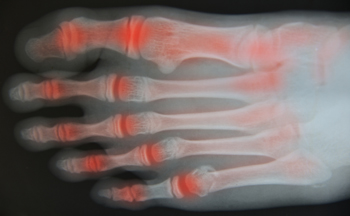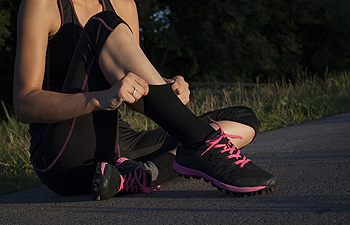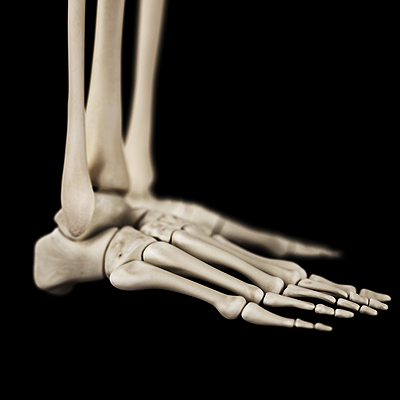 Blisters are a noticeable and uncomfortable condition when they form on the feet. They generally develop from excess friction, which may be caused by wearing shoes and socks that do not fit correctly. A blister is a small area of raised skin that is filled with liquid and resembles a bubble. The fluid inside the bubble protects the raw skin underneath, and will gradually drain as new skin forms. There are other reasons why blisters may develop. These can include insect bites, frostbite, or medical conditions such as psoriasis or eczema. Blisters on the feet can be protected when comfortable shoes are worn, and this may help to prevent premature popping and drainage of the blister. If you would like additional information about how to prevent and treat foot blisters, please consult with a podiatrist.
Blisters are a noticeable and uncomfortable condition when they form on the feet. They generally develop from excess friction, which may be caused by wearing shoes and socks that do not fit correctly. A blister is a small area of raised skin that is filled with liquid and resembles a bubble. The fluid inside the bubble protects the raw skin underneath, and will gradually drain as new skin forms. There are other reasons why blisters may develop. These can include insect bites, frostbite, or medical conditions such as psoriasis or eczema. Blisters on the feet can be protected when comfortable shoes are worn, and this may help to prevent premature popping and drainage of the blister. If you would like additional information about how to prevent and treat foot blisters, please consult with a podiatrist.
Blisters may appear as a single bubble or in a cluster. They can cause a lot of pain and may be filled with pus, blood, or watery serum. If your feet are hurting, contact one of our podiatrists of Westside Podiatry Center, LLP. Our doctors can provide the care you need to keep you pain-free and on your feet.
Foot Blisters
Foot blisters are often the result of friction. This happens due to the constant rubbing from shoes, which can lead to pain.
What Are Foot Blisters?
A foot blister is a small fluid-filled pocket that forms on the upper-most layer of the skin. Blisters are filled with clear fluid and can lead to blood drainage or pus if the area becomes infected.
Symptoms
(Blister symptoms may vary depending on what is causing them)
- Bubble of skin filled with fluid
- Redness
- Moderate to severe pain
- Itching
Prevention & Treatment
In order to prevent blisters, you should be sure to wear comfortable shoes with socks that cushion your feet and absorb sweat. Breaking a blister open may increase your chances of developing an infection. However, if your blister breaks, you should wash the area with soap and water immediately and then apply a bandage to the affected area. If your blisters cause severe pain it is important that you call your podiatrist right away.
If you have any questions, please feel free to contact one of our offices located in Liverpool, Camillus, Skaneateles, Oswego, and Cicero, NY . We offer the newest diagnostic and treatment technologies for all your foot care needs.









